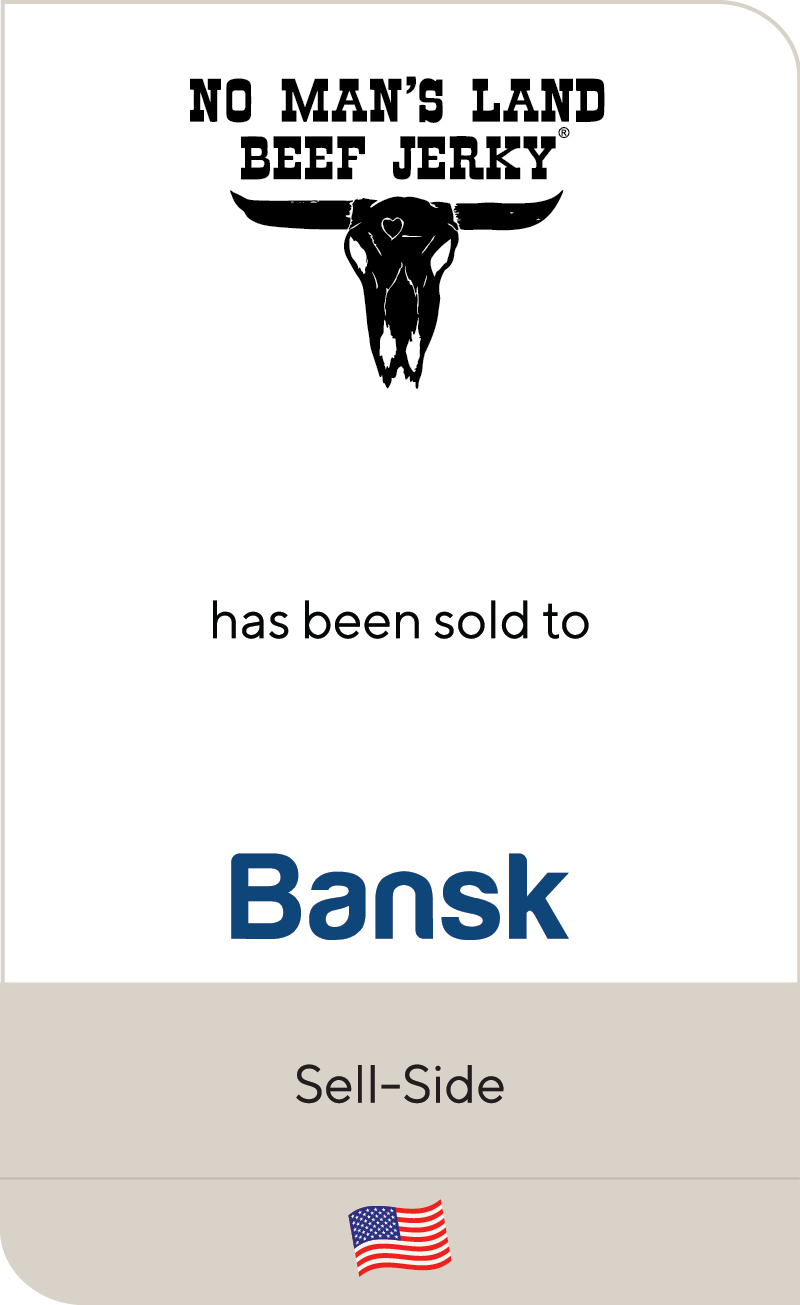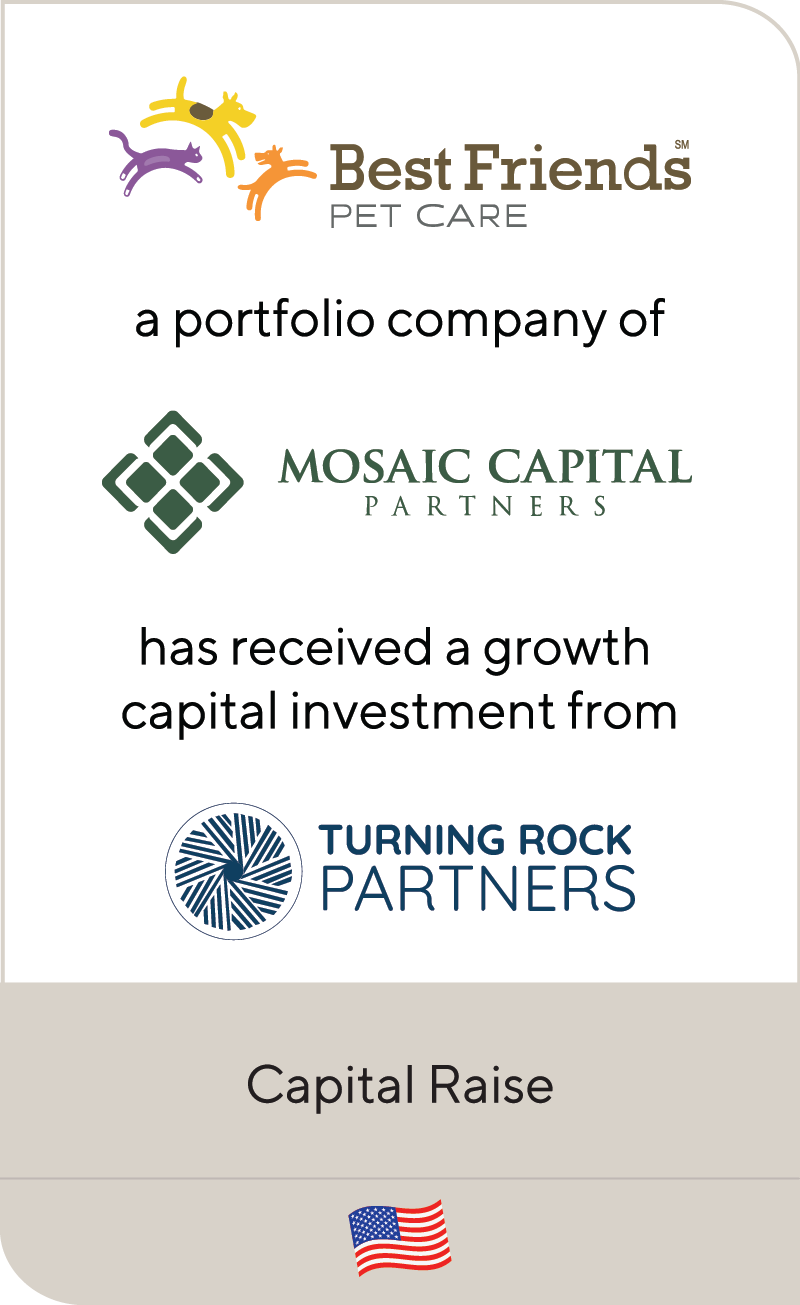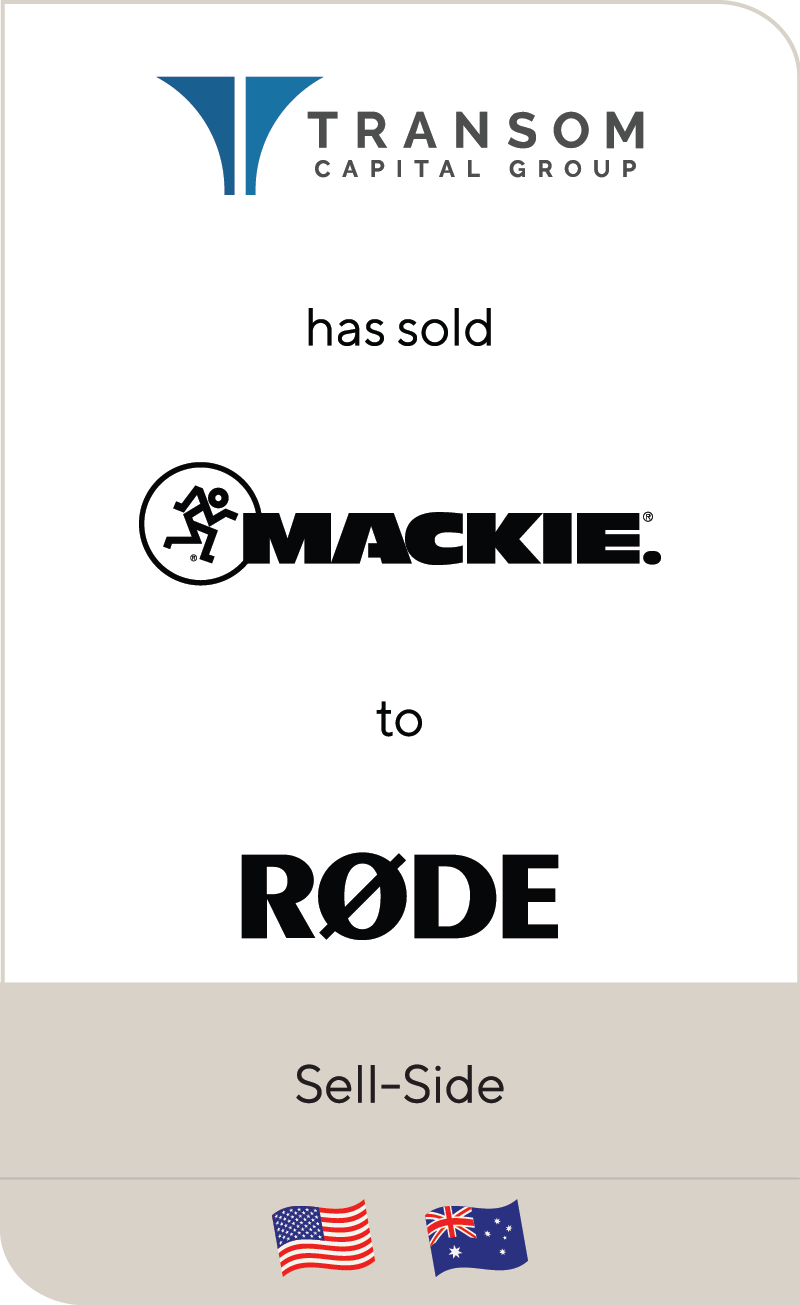Summer of Spending: Opportunity for Investors as UK Leisure Industry Rebounds
Aug 2021
| With the UK falling in and out of lockdown since March 2020, the Bank of England is anticipating the biggest surge in household spending since 1988 upon the planned reopening of the country this summer. Officials estimate consumers will deploy up to 10% of the savings reserve built during the pandemic.
With over 57% of the population fully vaccinated as of 3rd August, the UK has the 12th most successful program worldwide and, as a result, is one of the most “open” economies in Europe. However, challenges still remain as variants arise, and there will be a continued pressure on the leisure industry to adapt in response. The leisure sector has been one of the hardest hit, often a victim of unpredictable lockdowns at short notice and ever-changing rules around reopening. However, with most restrictions lifted this summer in the UK and some valuation multiples in the leisure sector returning to pre-pandemic levels in response, what is the future for those businesses that have survived to see the other side of lockdown? |
Summary
-
Lincoln International discusses how to best position your company for a sale in the UK leisure sector.
- Click here to download a printable version of this perspective.
- Sign up to receive Lincoln's perspectives
Restaurants
In the summer of 2020, Britons were encouraged to dine out through the “Eat Out to Help Out” scheme in which participating restaurants offered a 50 percent discount, up to £10 per person, on food and non-alcoholic drinks three days of the week. 84,000 restaurants took part, benefiting diners with an average £5.25 discount on their bill.
The effort brought diners to the table after months away—August trading peaked at 70% LFL higher, against the same day of the week in 2019 based on OpenTable bookings. In the final week of the scheme, full week sales were up 39% from the prior year. However, this steep uptick in sales was quickly followed by a challenging period of regional and national lockdowns.
Despite the restrictions and lack of government stimuli so far in 2021, the figures since May 17 show a quicker rebound than after the reopening in 2020. Restaurant bookings were 65 percent higher during the final weekend of May than the same days in 2019, according to data from OpenTable.
One of the challenges that restaurants face in the near term are staff shortages. Some restaurant groups are offering bonuses to workers who refer new applicants, but the staffing crisis in hospitality, particularly in London, is driven by a lack of available workers who have either left the country or the sector altogether.
Compounding this crisis is the recent “pingdemic” caused by the UK government’s track and trace app. In the week of July 14, the Financial Times reported that a record 600,000 people were told to self-isolate causing a wave of worker shortages forcing a number of businesses to temporarily close. A survey conducted by industry body UK Hospitality suggested that 6 in 10 hospitality businesses have had staff off work after being pinged, and 13% of the workforce have recently isolated. To mitigate the issue, it’s estimated half of all operators have reduced trading hours, and that 6 in 10 are relying on remaining staff to work longer hours. The government has responded to this crisis by reducing some of the parameters of the app to alleviate its impact on the economy, but the success of this measure is yet to be seen.
Since the initial COVID-19 outbreak, 27 acquisitions of UK restaurant, bar and pub operators have completed. At the same time, private equity investors have seized opportunities to acquire chain restaurants. While specific locations may be unprofitable, private equity sponsors see value in the core operations of many chain restaurants emerging from the pandemic.
Some Michelin Starred restaurants that were forced to offer takeaway during the height of the pandemic turned to building out their own takeaway infrastructure of leveraged new entrants like delivery company Supper, which reaches the premium food market. It remains to be seen whether these providers remain financially and logistically viable post-pandemic.
Gyms
According to a Sports Think Tank report, consumers in the UK spent £5 billion on 10 million gym memberships in 2019. But with the pandemic shifting the way in which people think about exercise and restrictions providing uncertainty for gyms, what is the future of the industry?
The big winner throughout the pandemic has been companies providing home fitness alternatives; Peloton’s revenues stood at $1.1 billion last quarter with comparable brands continuing to flood the market.
In June 2020, athleisure and activewear giant Lululemon’s acquisition of home fitness start-up Mirror signaled that at-home exercise is set to be a lucrative space in the long-term. Several other acquisitions of at-home exercise providers were completed throughout the pandemic. As consumers got used to streaming workout classes and installing equipment in their living spaces, they became comfortable with bringing their gym to their home.
That said, many fitness enthusiasts have demonstrated their willingness to attend the gym again. At the low-cost end of the market, Pure Gym LFL paying members base represented 66% of the June 2019 level in March 2021; three months later, this stepped up to 83%. At the premium end, David Lloyd’s management forecasts a recovery to pre-pandemic levels in September 2021; Fitch estimates that David Lloyd’s UK memberships are 5% below pre-pandemic at the end of May 2021.
Throughout the pandemic, the strategically positioned gym assets have maintained sponsor and lender confidence, receiving numerous cash injections to support liquidity or invest. As an example, JD Sports Gym acquired Xercise4Less in July 2020 after it fell into administration.
Looking ahead, the fitness industry will continue to offer opportunities to deploy capital. The strongest operators are readying themselves to benefit from positive post-pandemic trends such as a greater focus on health and wellbeing, and opportunities presented by weaker competitors.
Last month, Pure Gym confirmed that it was in the early stages of considering options for potentially raising equity. Further transactional activity in the sector can be expected, as the level of distress among mid-range players may increase as evidenced by the cross-class cram down restructuring of Virgin Active in May 2021. Market participants are also considering investing further in new and existing sites, and digital and technology assets.
Cinemas
Despite initial concerns that COVID-19 would be the final curtain for cinemas, the pandemic has in fact reaffirmed the importance of cinema as a platform to deliver high quality content to consumers. On May 4, Odeon confirmed it would reopen a vast majority of its UK cinemas with share prices rising by 1% in response. Despite anticipated shortages in blockbuster movies as the industry gets back on its feet, Cineworld advised investors it anticipates admissions levels to be almost 90% of 2019 levels by the end of 2021.
Lessons from other geographies show promising signs for the industry. In China, one of the first countries to both lockdown and re-open, box office takings in December 2020 were 92% of revenues in the same month of the previous year.
However, while vaccine distribution efforts have resulted in the lifting of some pandemic-era restrictions for cinemas, consumers have responded to the last 18 months of disruption by increasingly turning to online streaming platforms. Some cinema chains are working in tandem with studios to agree on distribution rights that satisfy both mediums, and the future looks set to be a combination of both in-person and online viewing.
The UK cinema sector is dominated by a number of chains with fewer independent operators remaining for acquisition. Those that remain and will appeal to investors will be those able to attract consumers back to their sites for the ‘cinematic experience’ they’re unable to have in their homes. In a recent Financial Times article, Vue’s CEO Tim Richard’s stated that demand for ‘dinner and a movie’ had rebounded at a steady pace since sites began reopening. Those smaller, independent chains, providing a combination of both will become attractive assets as this segment begins to pick up pace.
Lincoln Perspective
As leisure sector businesses emerge from the pandemic and look to prepare themselves for a sale process in the wake of the crisis, Lincoln has identified several areas to watch:
|
1 |
Buyers look to customer retention and post-COVID-19 margins: All segments of the leisure industry rely on high occupancy models as they typically operate on high fixed cost models facing similar consumer dynamics in the wake of the pandemic. The key for those businesses thinking about a potential sale will be the ability to evidence the speed at which consumers are returning, how they are navigating some of the ongoing aftershocks caused by COVID-19 and the impact on margins. |
|
2 |
Distress is minimal, though businesses are not in the clear: According to S&P data, 6.1% of defaults globally in the leveraged loan market in 2020 have been from leisure issuers, significantly behind oil and gas, retail and telecoms. But these defaults and distressed M&A activity may yet see an increase as government support (e.g., furlough) is phasing out. Much of this uncertainty relies on the success of the vaccination program and to what extent consumer behavior returns to pre-pandemic norms. |
|
3 |
Owners must account for debt in sale processes: Many businesses within the leisure sector will be carrying an additional debt load following the uncertainty of the last 18 months through incremental borrowing or being forced into lease catch-up payments to landlords. While this doesn’t impact the value of a business, it does mean these debt commitments need to be accounted for before reaching any equity value in any potential sale. On the whole however, enterprise values are recovering quickly, and cinemas particularly look to have reached pre-pandemic levels. |
|
4 |
Mix revenue models perform well: Businesses that have continued their evolution to a mix-revenue model are attractive targets. Common mixes include a combination of direct-to-consumer offering as well as in-person and online operations, such as the Deliveroo platform. This type of model could create opportunity for smaller companies to achieve growth at a much faster rate as the economy looks to rebound. It’s a very cost-effective way to trial new brand ideas, new food concepts, marketing and promotions with little risk. Lincoln expects smaller businesses may seek to take advantage of this as towns in the UK see increasing rent prices on the high street. |
Contributors

I build trust with clients by putting their interests first at all times.
Aude Doyen
Managing Director
LondonMeet Professionals with Complementary Expertise

I have a hands-on approach and bring energy, creativity and passion to every client transaction.
Eddie Krule
Managing Director
ChicagoRelated Perspectives

Women’s Wear Daily | The Price of Beauty: How Much Are Investors Willing to Pay?
Originally posted by Women’s Wear Daily on April 12, 2024. Many beauty brands are starting to explore deal options. With several different brands in the same market category, this could… Read More

“Leader to Leader” Series
The Leader to Leader video series turns up the dial on rich conversations with prominent leaders – from business owners and entrepreneurs to investors and CEOs – highlighting their stories… Read More

Room for Growth: Home Furnishings Industry Showing Areas of Opportunity
Few industries have experienced highs and lows as much as the home furnishings sector over the last three years. Driven by COVID-19 stay-at-home measures and remote work, the industry saw… Read More

A Paws in the March of Premium Pet: Inflationary Pressure Hits European Pet Foods
In an era where many pet owners lavish their fur babies with everything from spa treatments to gourmet meals, the premium pet food industry highlights the strong bond between humans… Read More






















